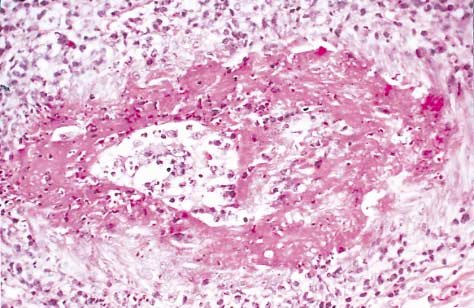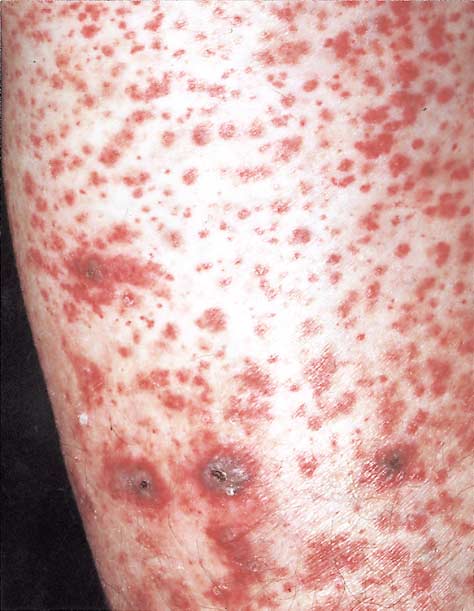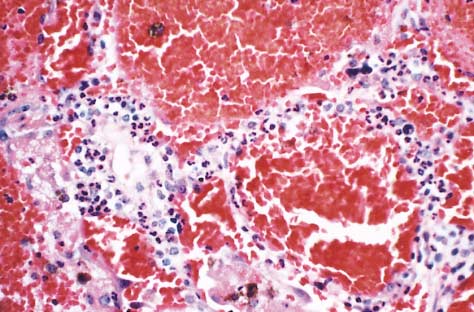samastersswimming.co.za
THE OFFICIAL NEWSLETTER OF SOUTH AFRICAN MASTERS SWIMMING FINA WORLD MASTERS SWIMMING Göteborg, Sweden - 31 July to 07 August 2010 33 SAMS swimmers entered the Fina World Masters Swimming Championships in Goteborg, Sweden. CONGRATULATIONS TO ALL THE SA SWIMMERS WHO COMPETED Some of the results:







